Common commercial cleaners are full of toxic and polluting substances and the cost of these chemical-based products can be high: long-term health concerns for the family and environmental pollution caused by their manufacture and disposal.
That is why most of us nowadays are becoming more interested in “green” cleaning products.
Majority of us are now looking for items that protect the environment, as well as those that offer plenty of other benefits.
These products clean our home naturally, without the unpleasant chemical residue that can harm our family.
Eco-friendly cleaning products are made using sustainable manufacturing practices and naturally-derived, safe, nontoxic, and biodegradable ingredients that don’t negatively impact the environment or our family’s health.
Lots of brands claim to be “natural” or “green”,but knowing the difference between products that are truly organic, nontoxic, and better for the environment and those that simply claim to be requires a level of savvy that’s actually difficult to acquire.
Here are some good resources that can help you in terms of labels or list:
- EPA Safer Choice program, they have a database you can search to see if a product meets EPA guidelines.
- Environmental Working Group (EWG), which gives products letter grades based on how toxic they are.
- Made Safe, which also certifies products based on their ingredients.
While no single database is going to be comprehensive, doing some research of your own can go a long way.
Better yet, create your own cleaning product either by using it alone or in combination for a wealth of household applications.
Green Cleaning Products Safe For Kids
BAKING SODA
It cleans, deodorizes, softens water, and scours. Baking soda is abrasive, which gives it the grit to dislodge particles and remove stains from a number of surfaces.
It also absorbs things that might make your kitchen smell less than clean. That’s because most odors are acidic and, because baking soda is basic, it reacts with the acids in the air to neutralize them.
SOAP
Unscented soap in liquid form (along with soap flakes, powders, or bars) is biodegradable and will clean just about anything.
Castile soap is one example of an excellent, versatile cleaning ingredient. Avoid using soaps that contain petroleum distillates.
LEMON JUICE
One of the strongest food acids, lemon juice is effective against most household bacteria.
Lemon juice is also a natural bleaching agent so you can use it as a stain remover. Just don’t use it on colorful fabrics, as it can cause discoloration.
WHITE VINEGAR
If you could invent a green-cleaning “wonder” product, it would probably end up being a lot like white vinegar.
Safe, readily available, and really cheap, there are perhaps hundreds of uses for vinegar, an acidic liquid originally created from wine gone bad. It cut grease; remove mildew, odors, and some stains; and to prevent or remove wax build-up.
WASHING SODA/SAL SODA
Sodium carbonate decahydrate, a mineral. It cuts grease; removes stains; softens water; and cleans walls, tiles, sinks and tubs.
Use with care, since washing soda can irritate mucous membranes. Do not use on aluminum.
VEGETABLE or OLIVE OIL
Olive oil is more than just healthy cooking oil. It’s also a cleaning tool that can nourish surfaces and loosen stains, grease, grime, and can be used in homemade wood polishes
ALCOHOL
An excellent disinfectant. However, some safety concerns with isopropyl alcohol (also known as rubbing alcohol) make other forms of alcohol the more cautious choice.
Vodka is a potent odor remover, and other forms of ethanol (grain alcohol) can be used for cleaners and disinfectants.
CORNSTARCH
It is used to clean windows, polish furniture, and shampoo carpets and rugs.
CITRUS SOLVENT
Cleans paintbrushes, oil and grease, and some stains. But beware: citrus solvent may cause skin, lung or eye irritations for people with multiple chemical sensitivities.
OXYGEN BLEACH
Oxygen-based bleach (usually made from sodium carbonate and/or peroxide) gently removes stains, whitens fabric, and has a number of applications in household stain removal.
Many common brands of oxygen bleaches have a number of additional (and less benign) chemicals, so it’s best to look up the brand in the Environmental Working Group cleaner’s database before using.
HYDROGEN PEROXIDE
Common disinfectant for wounds, hydrogen peroxide can also be used for disinfecting in the kitchen or bathroom.
Its mild bleaching effect makes hydrogen peroxide an excellent stain remover for fabrics and grout. It may cause skin or respiratory irritation, so handle with care.
Combinations of the above basic products can provide less harmful substitutions for many commercial products. In most cases, they’re also less expensive.
Here are some formulas for safe, alternative home care products.
MAKE SURE TO KEEP ALL HOMEMADE CLEANING PRODUCTS WELL LABELED AND OUT OF THE REACH OF CHILDREN.
For Green Cleaning Services in Northern Virginia, you can always trust Nordland Cleaning Service to only use the safest cleaning solutions for your home.
Give us a call today at (240) 603-0727 and let us take care of you and your home.
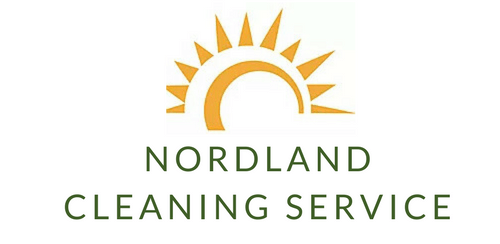
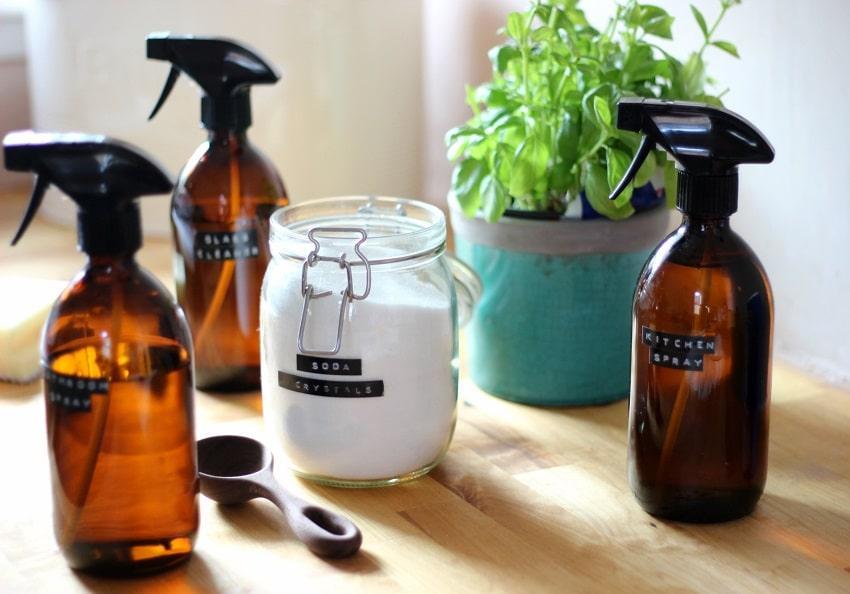

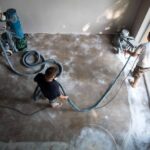

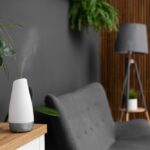


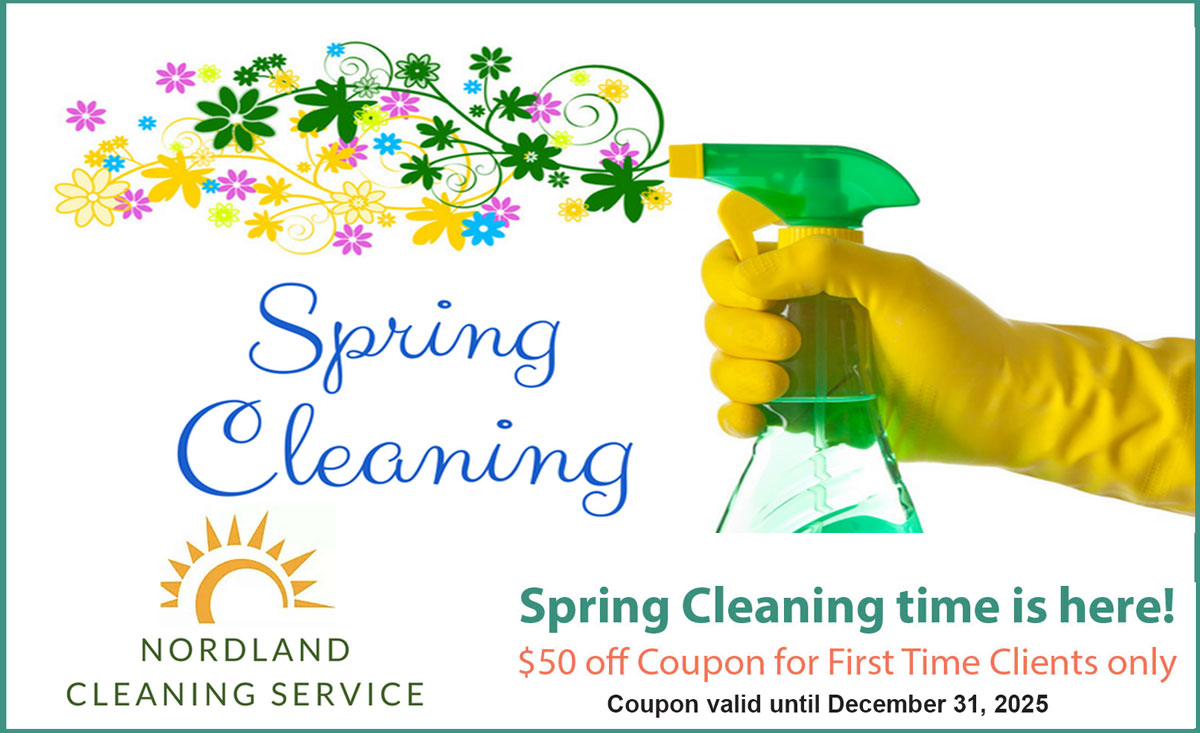
Recent Comments